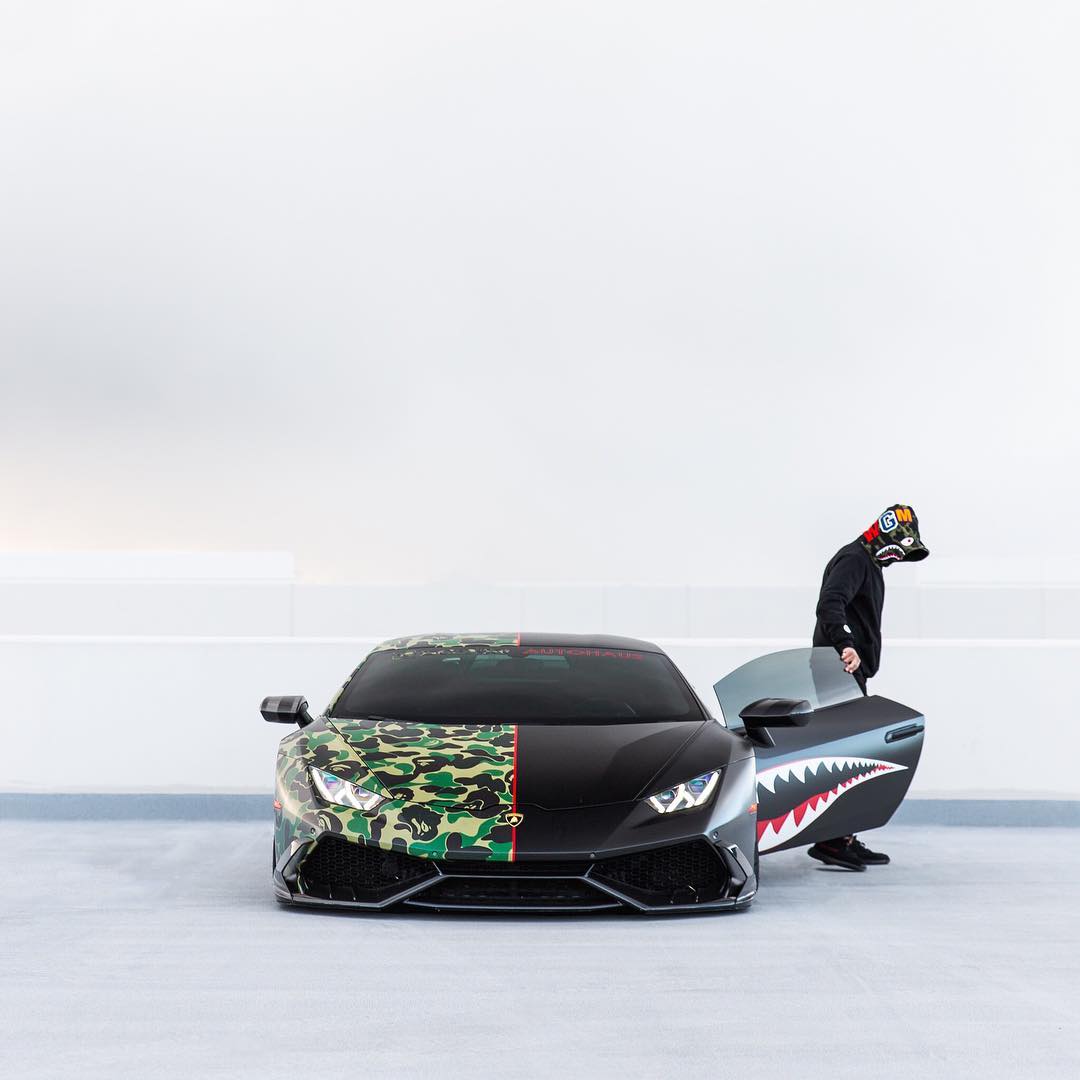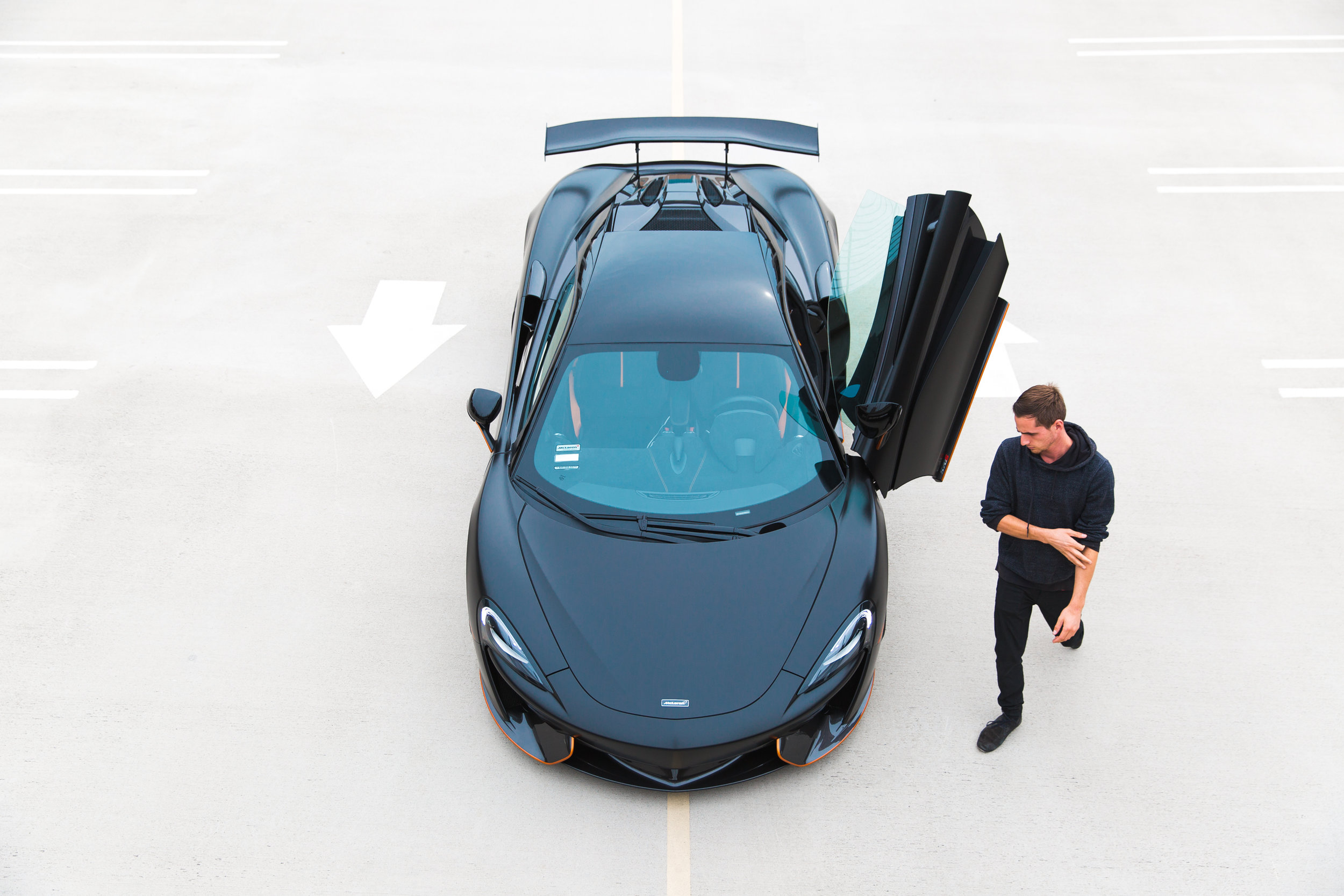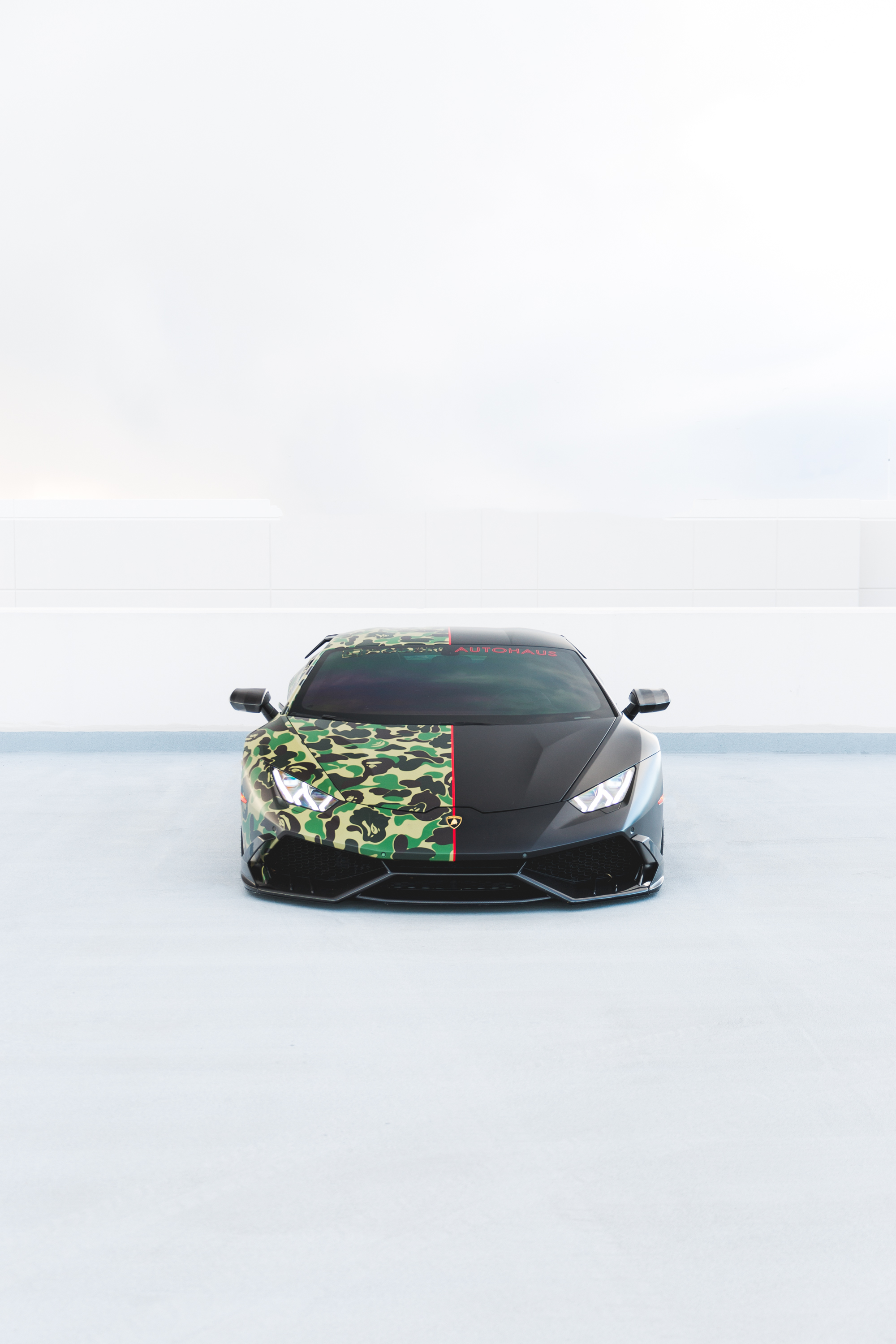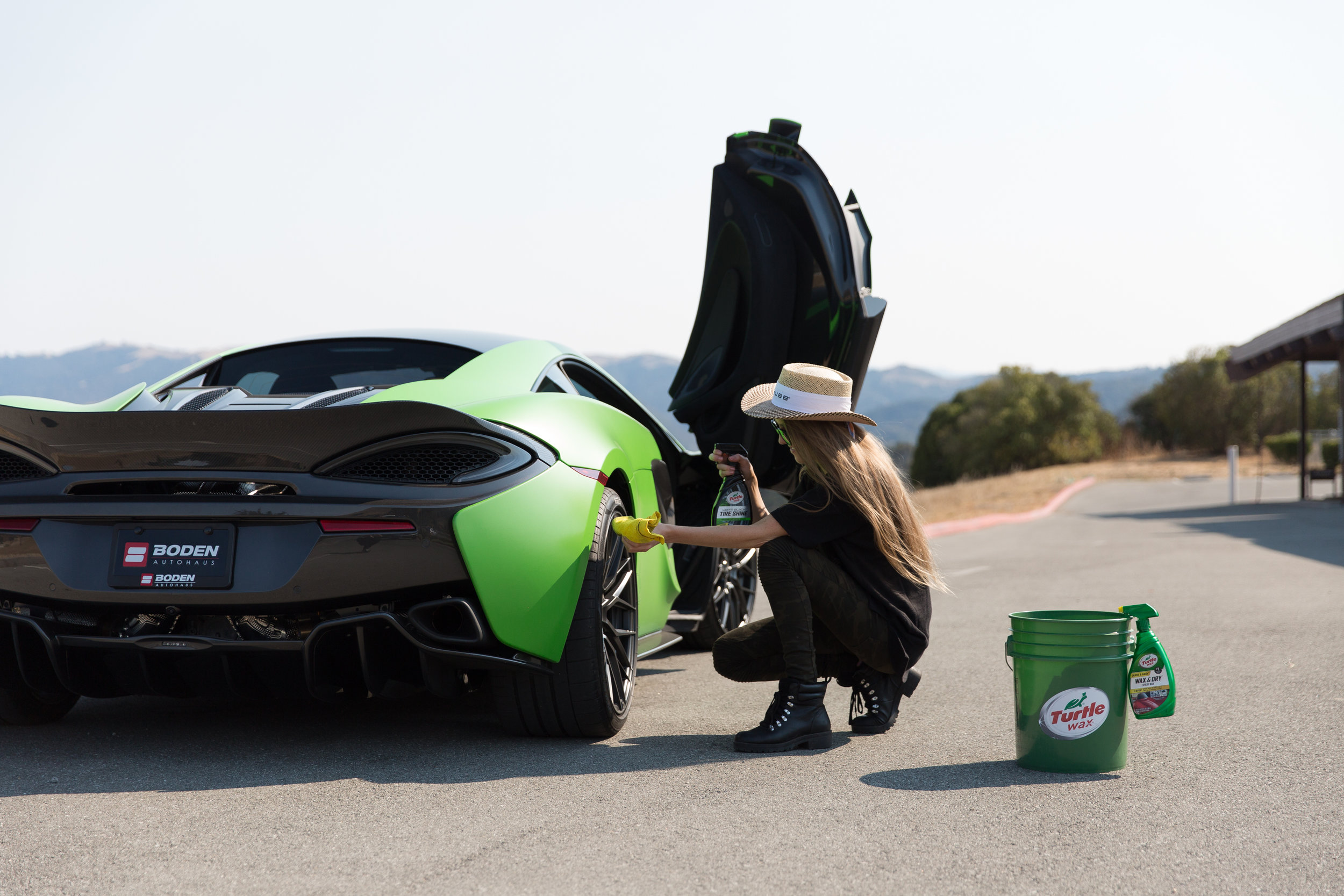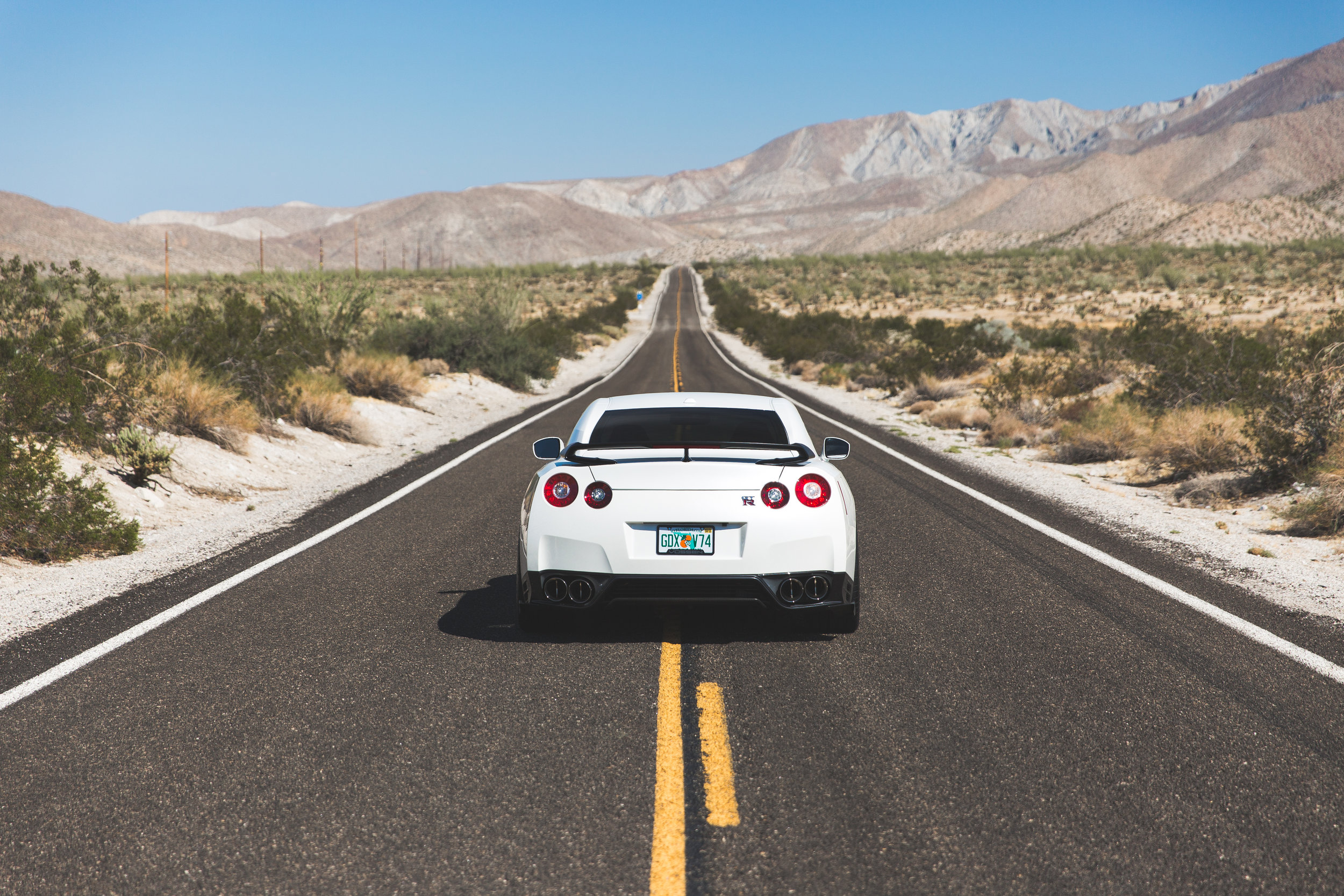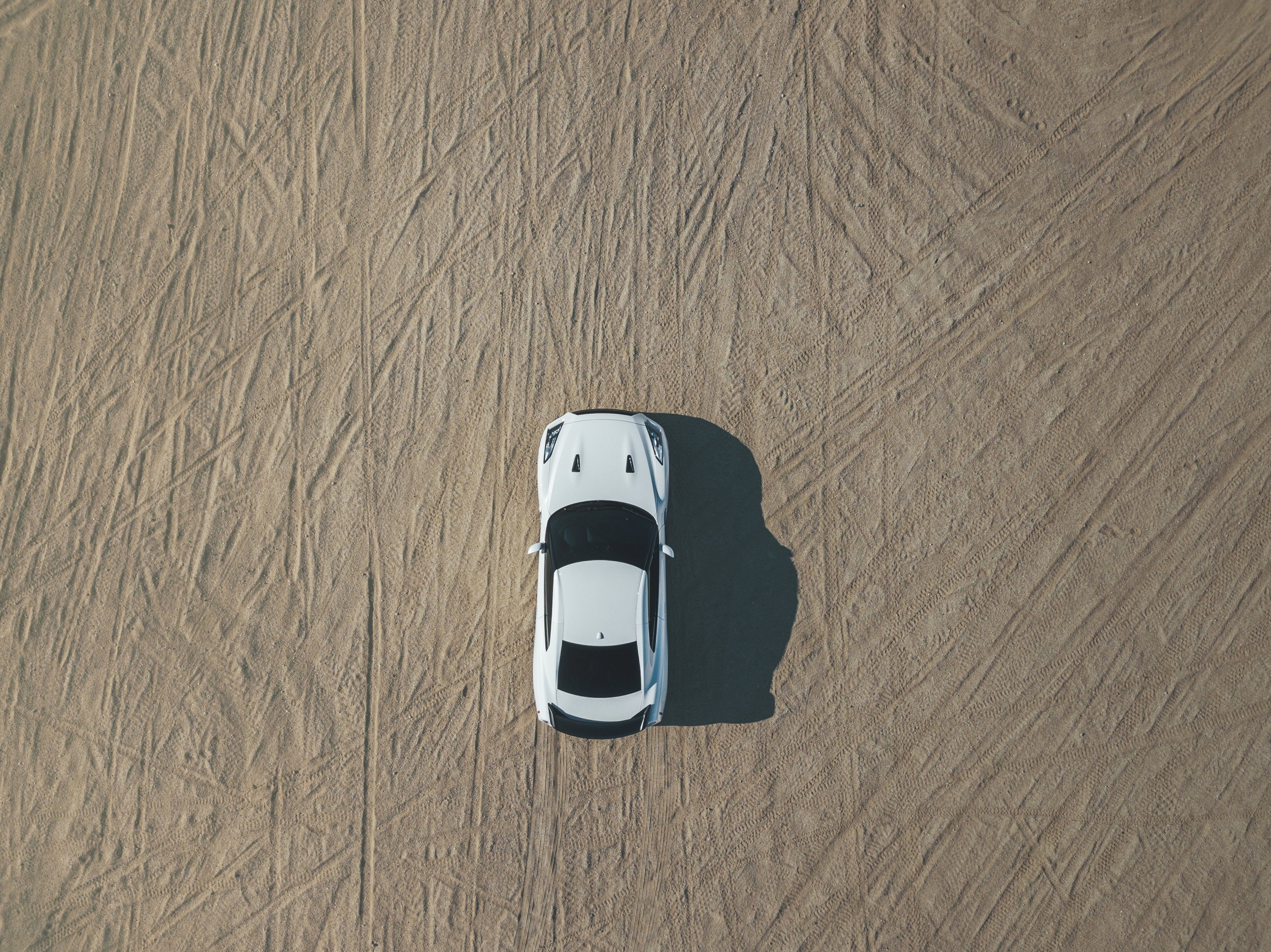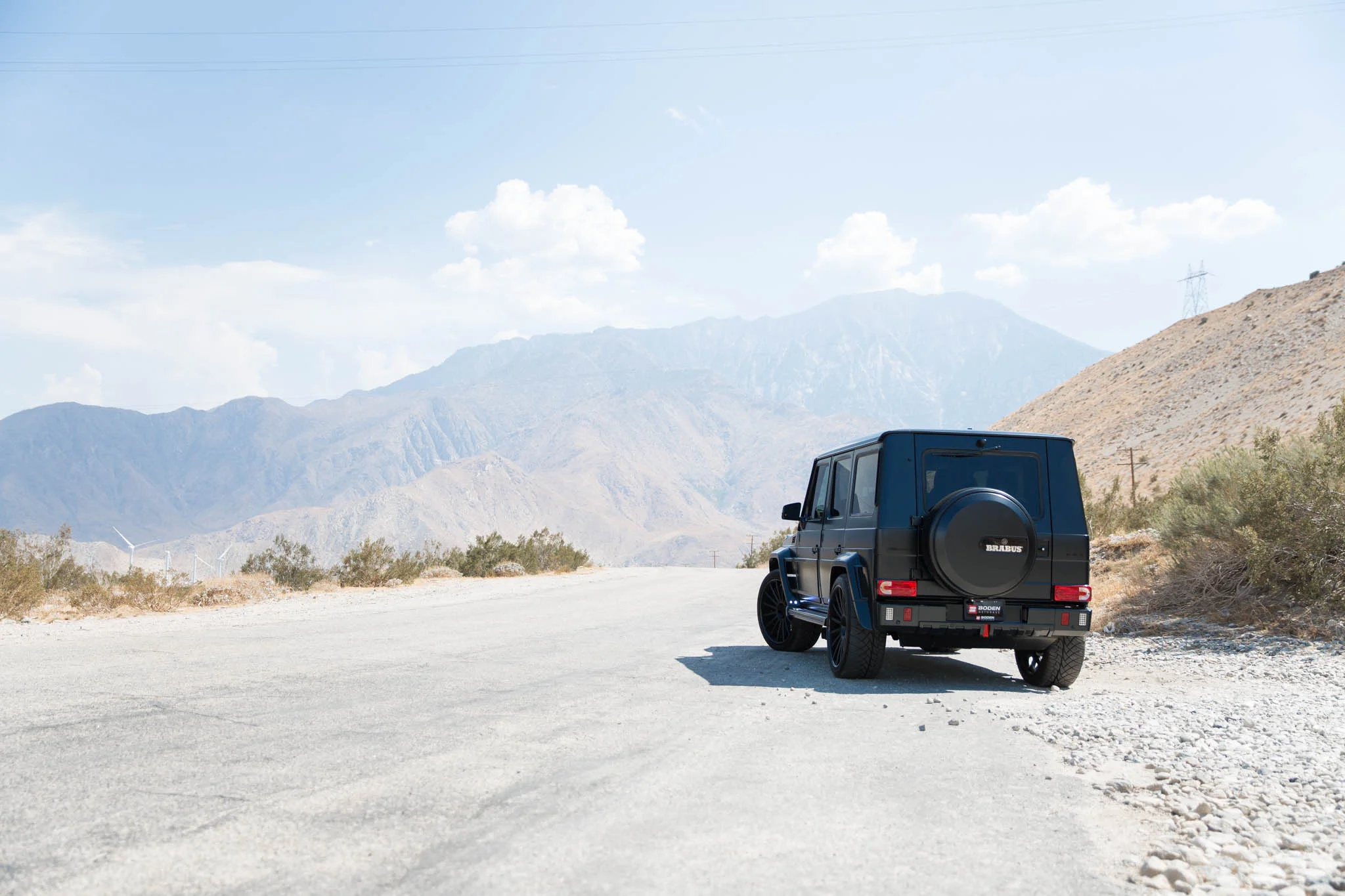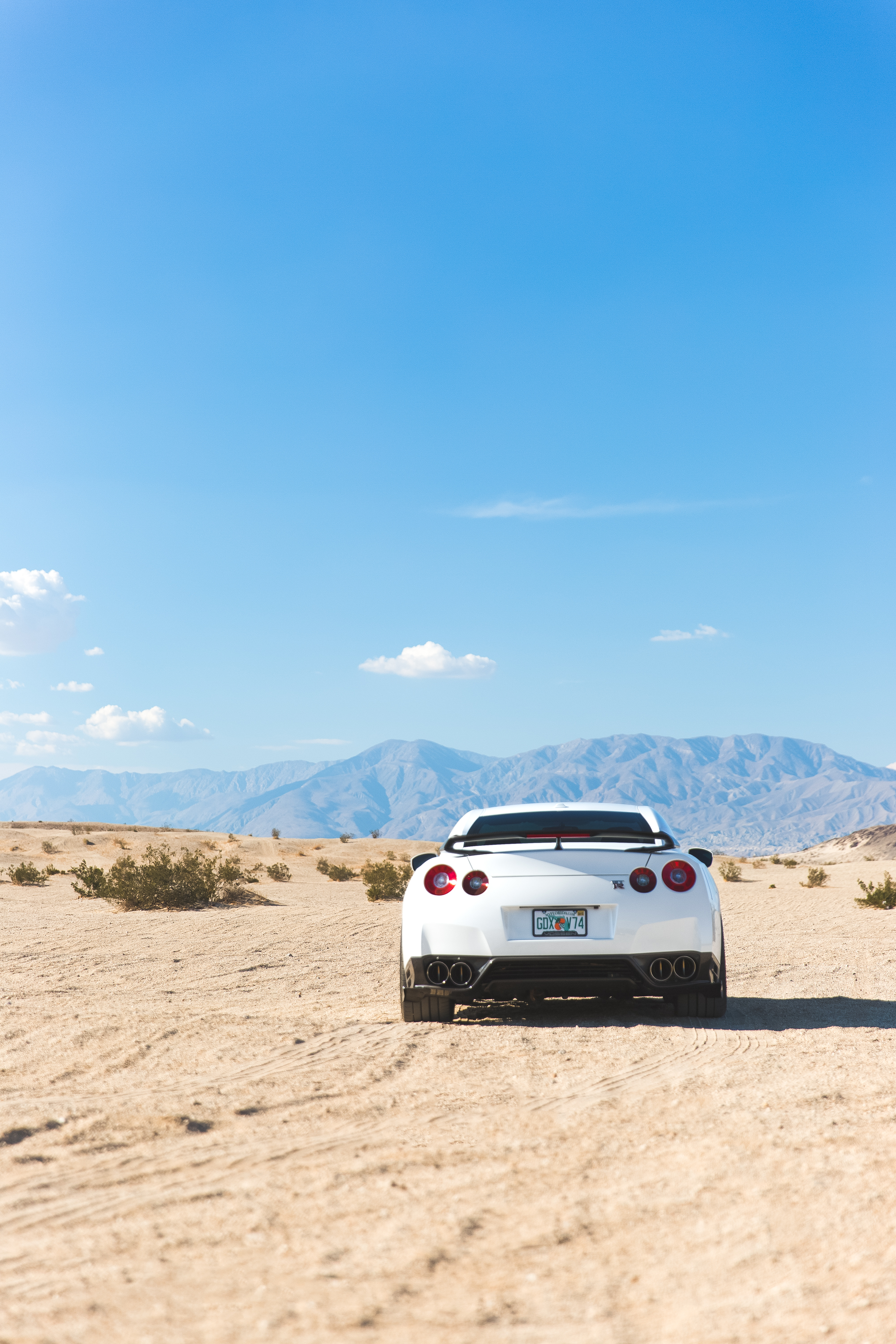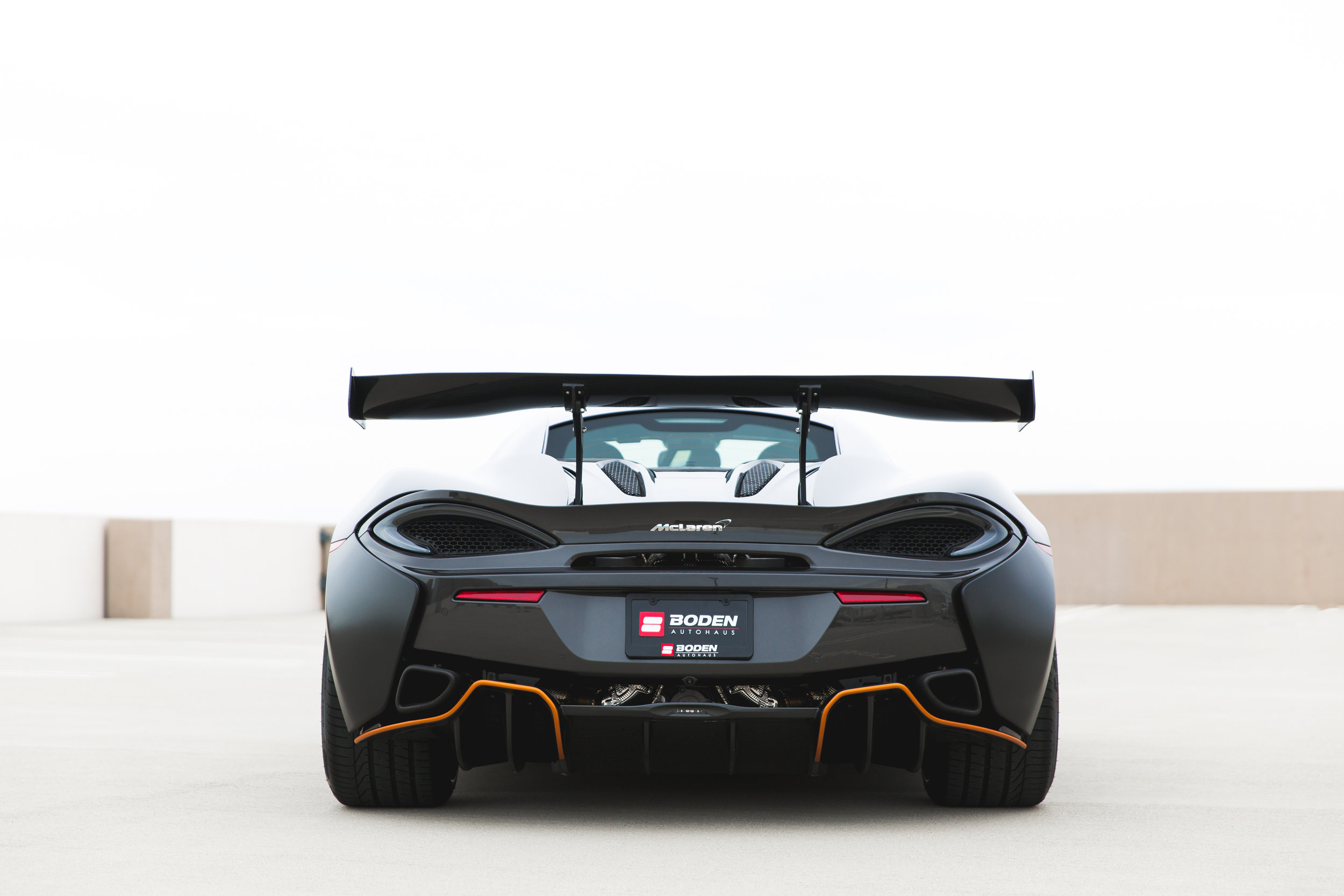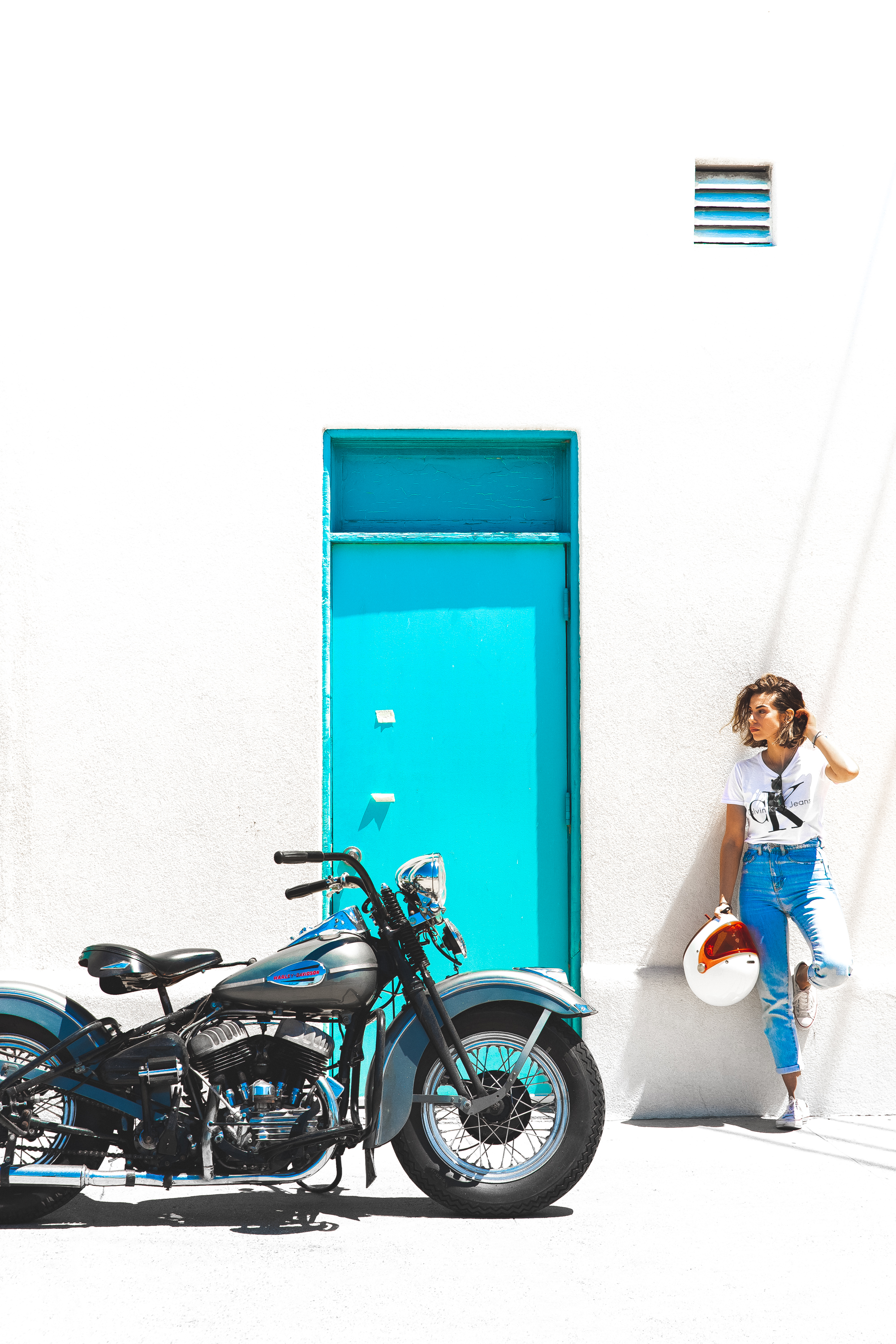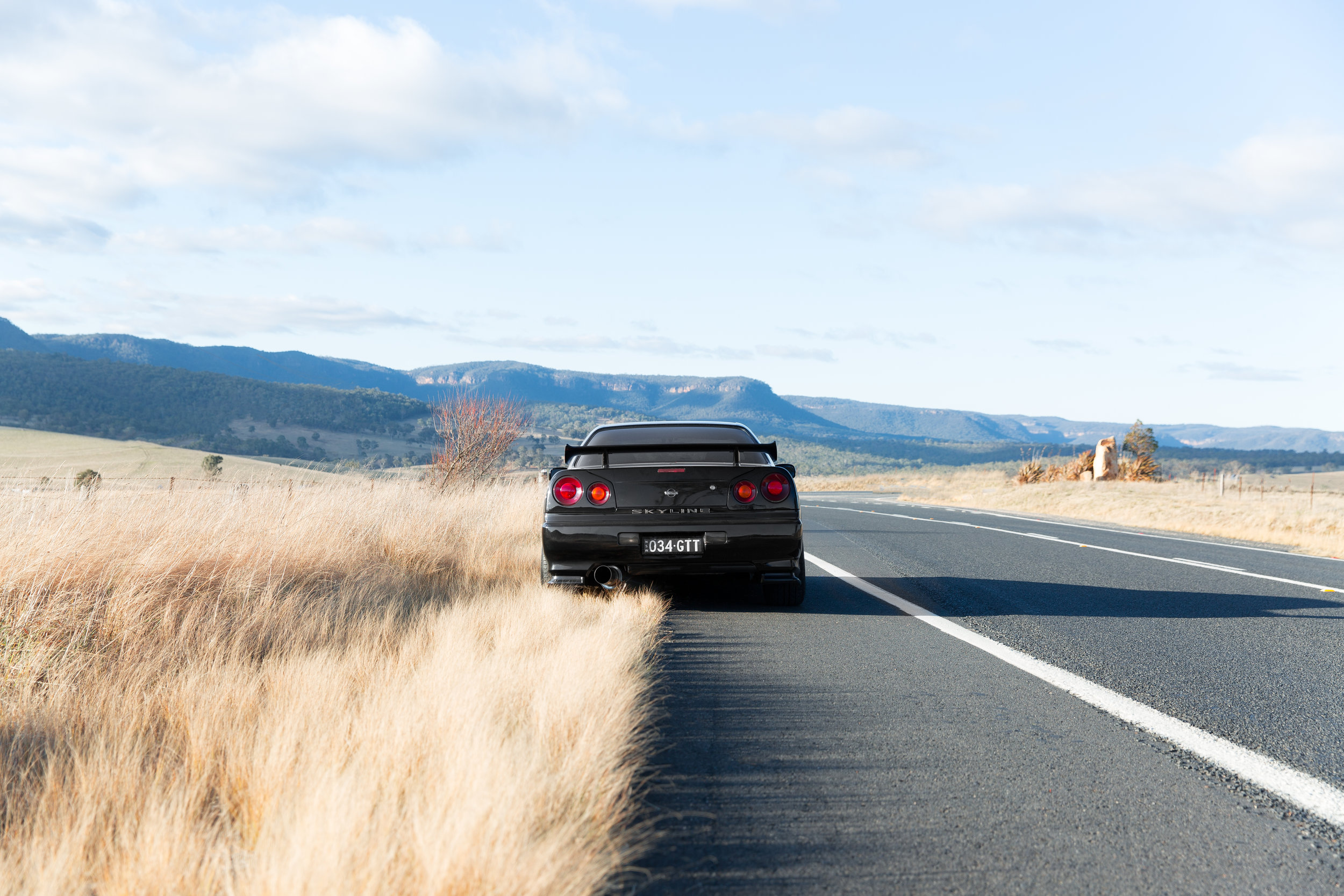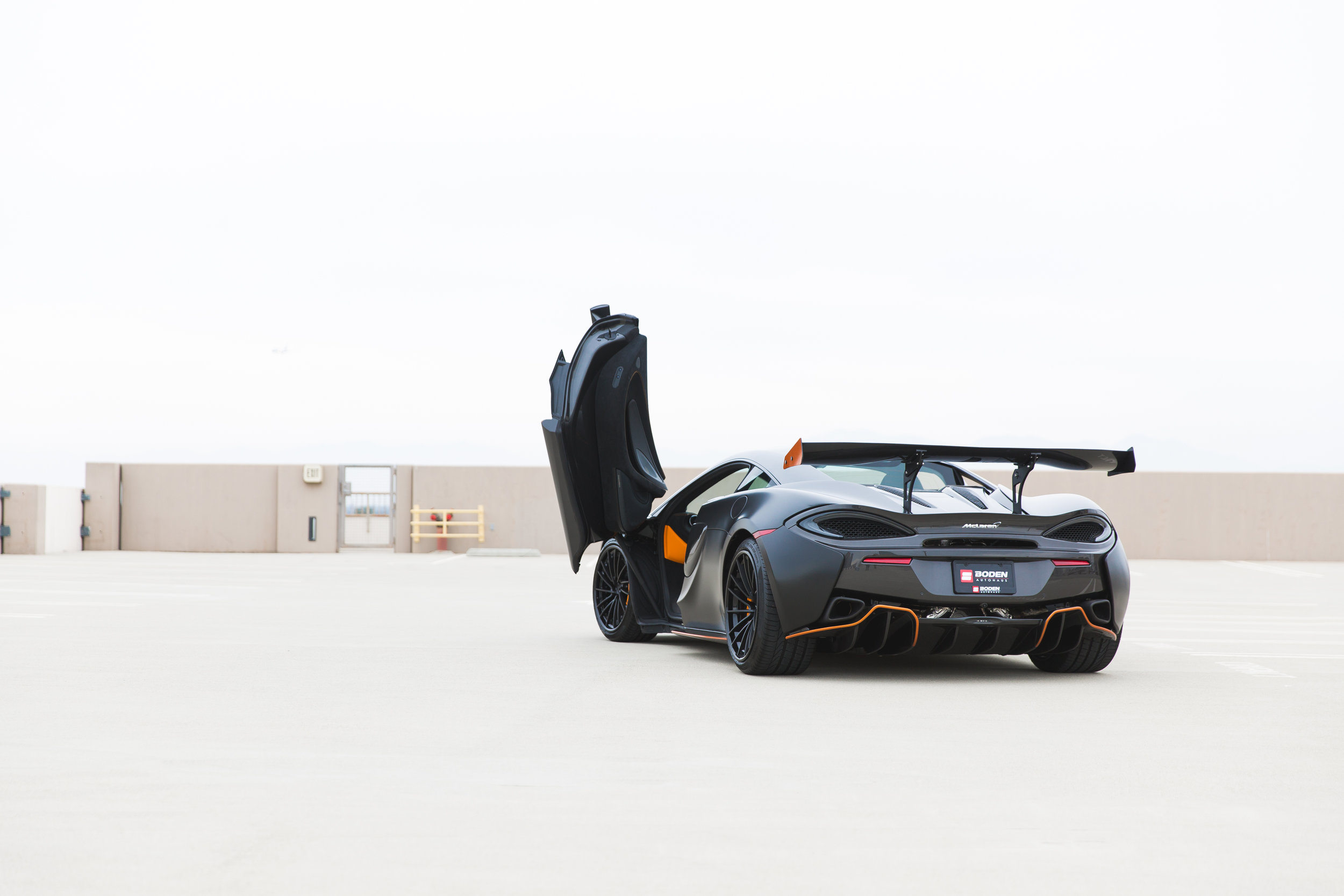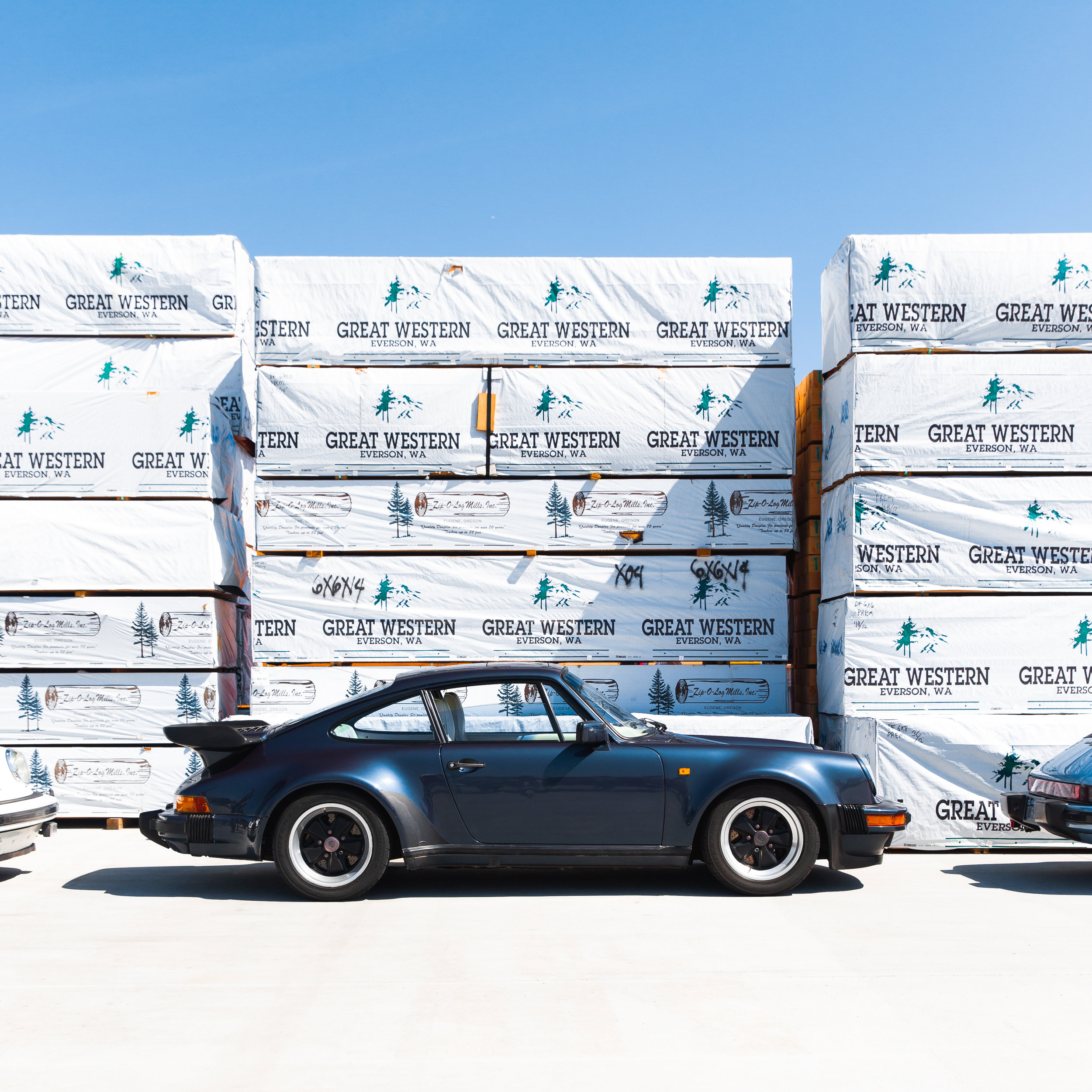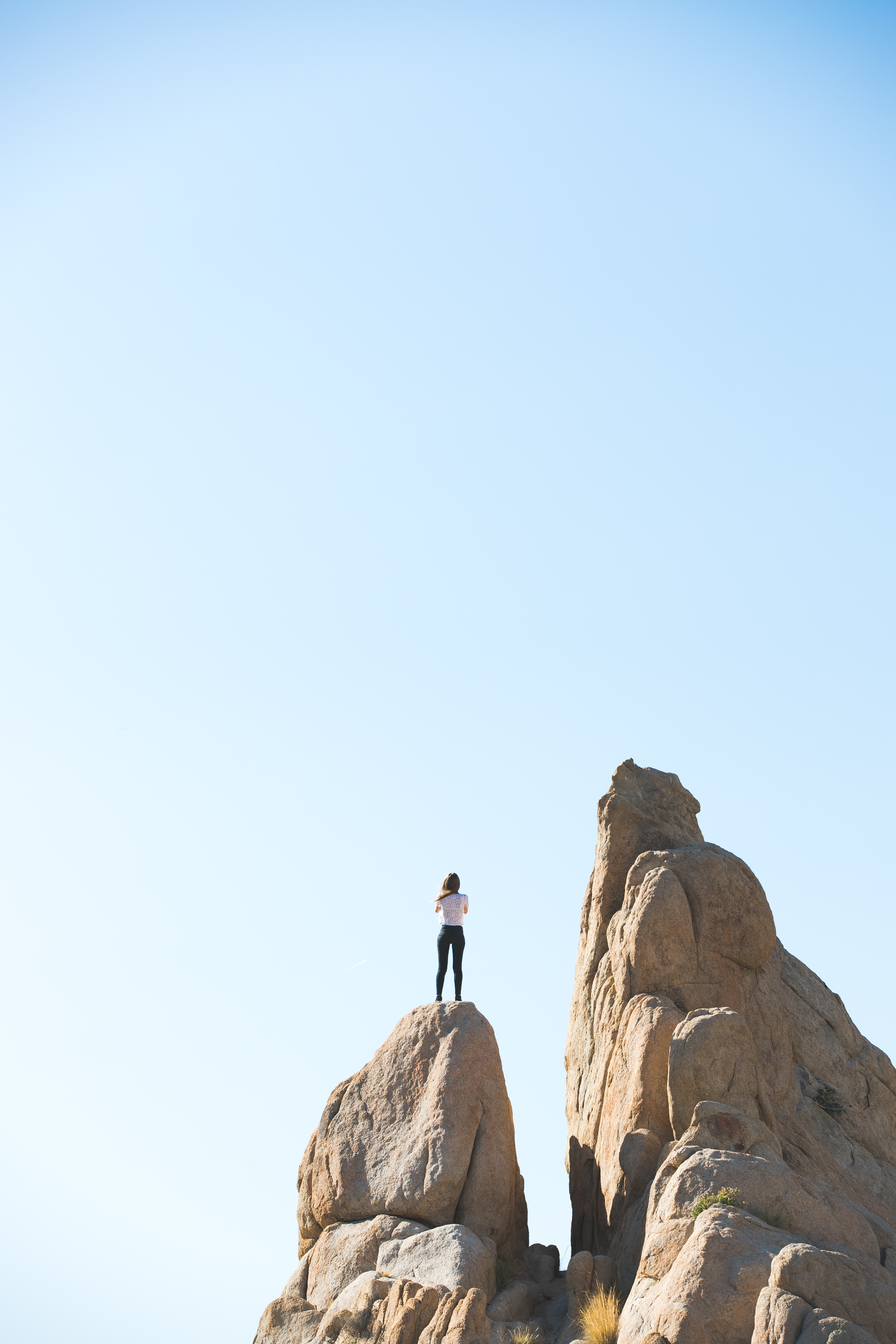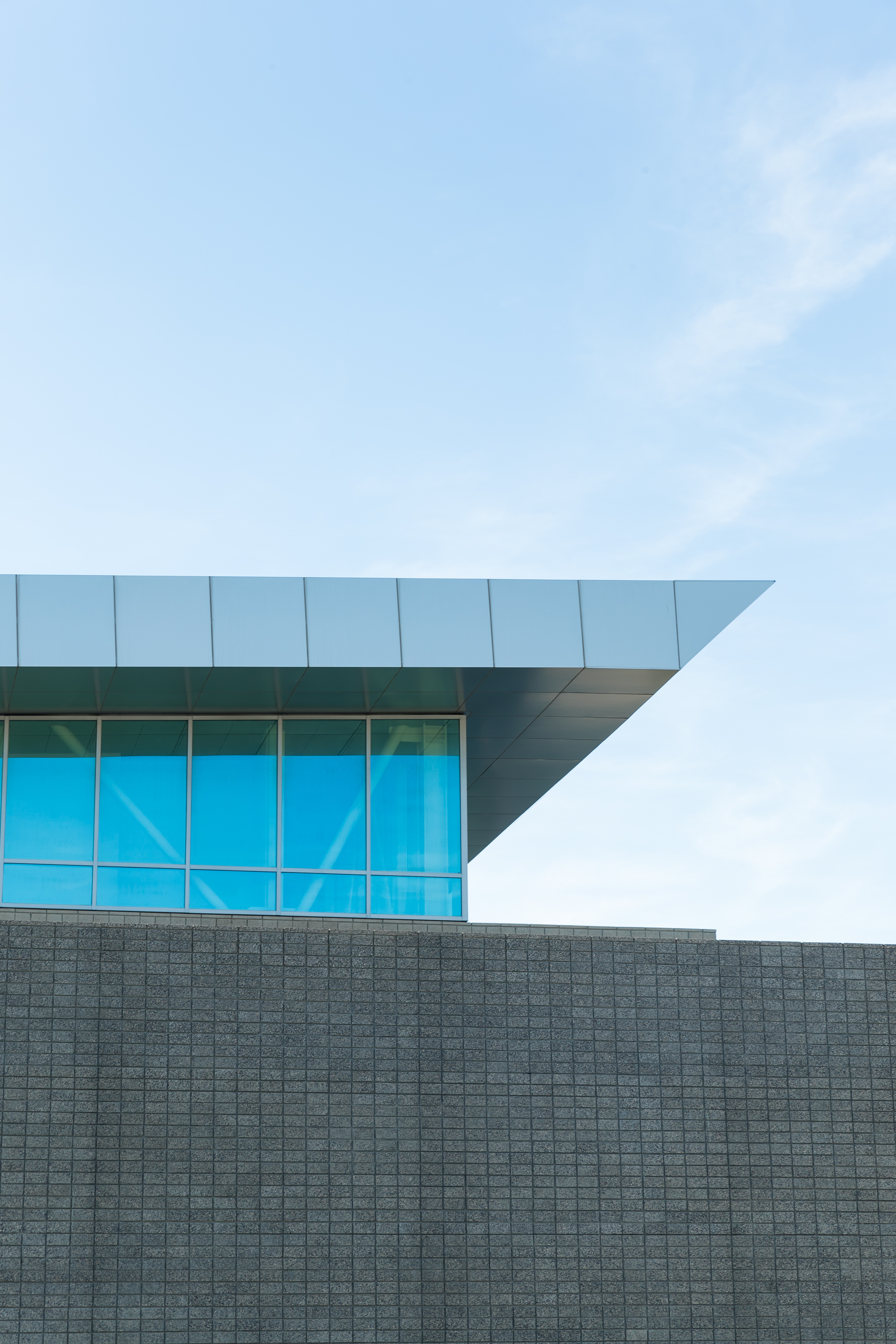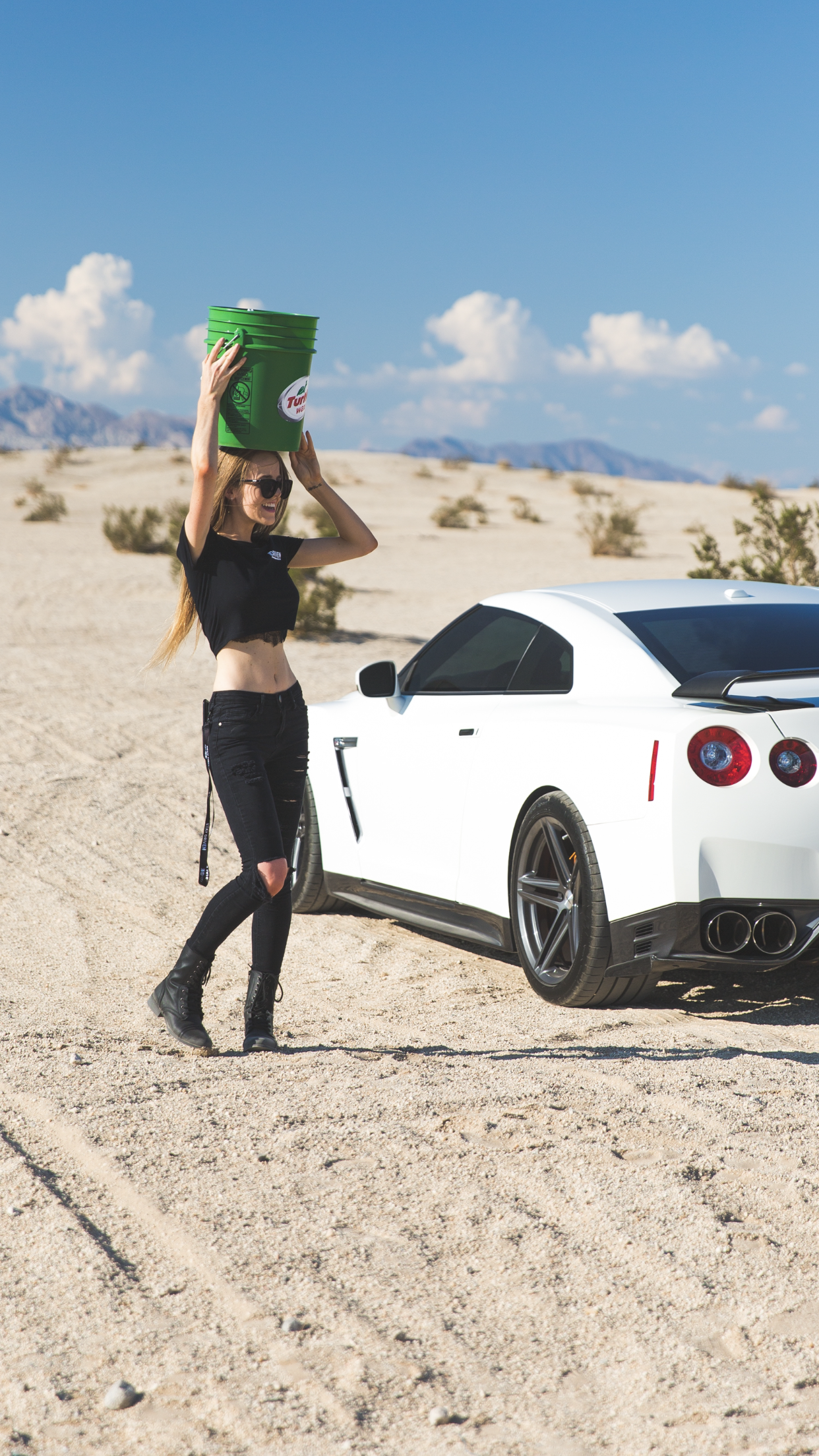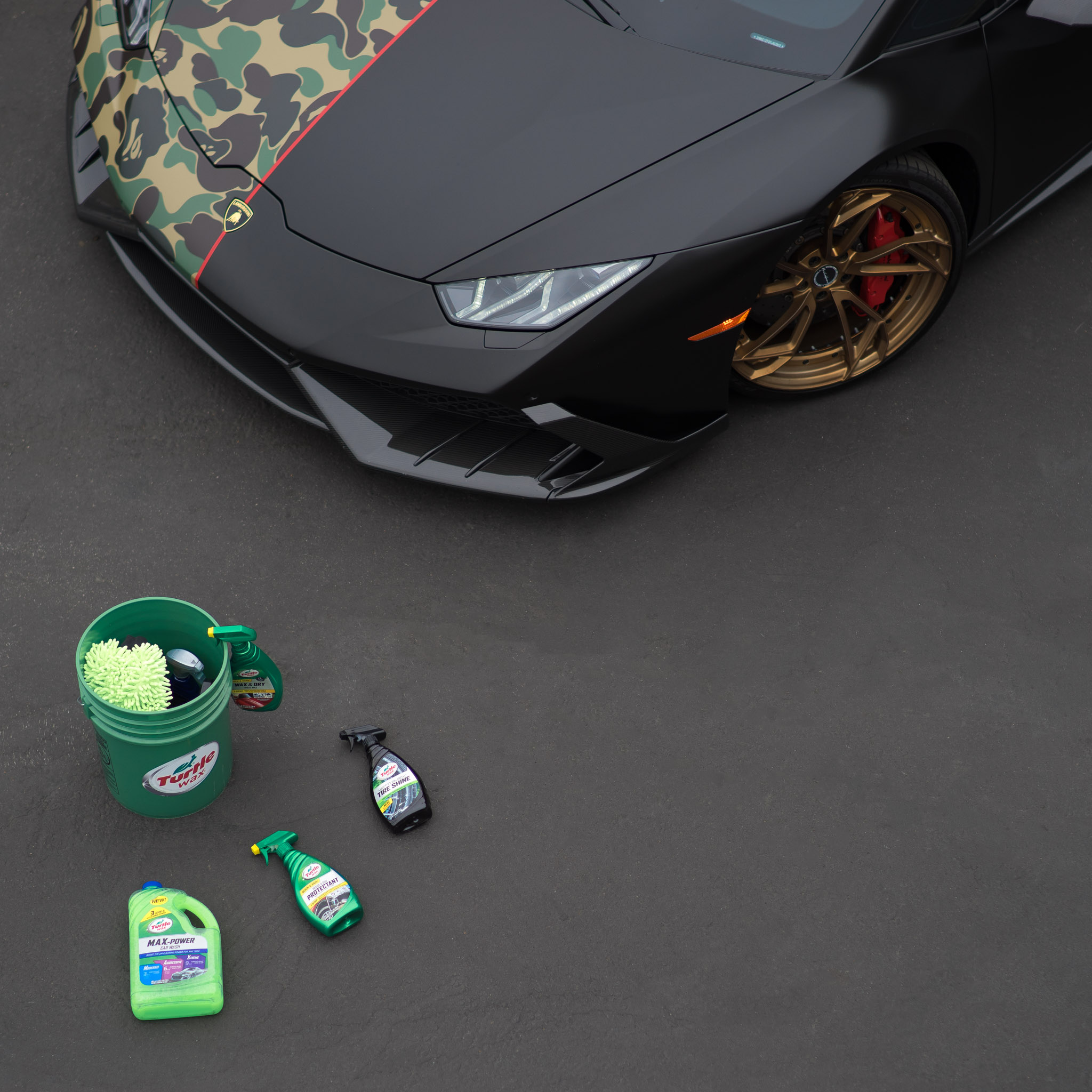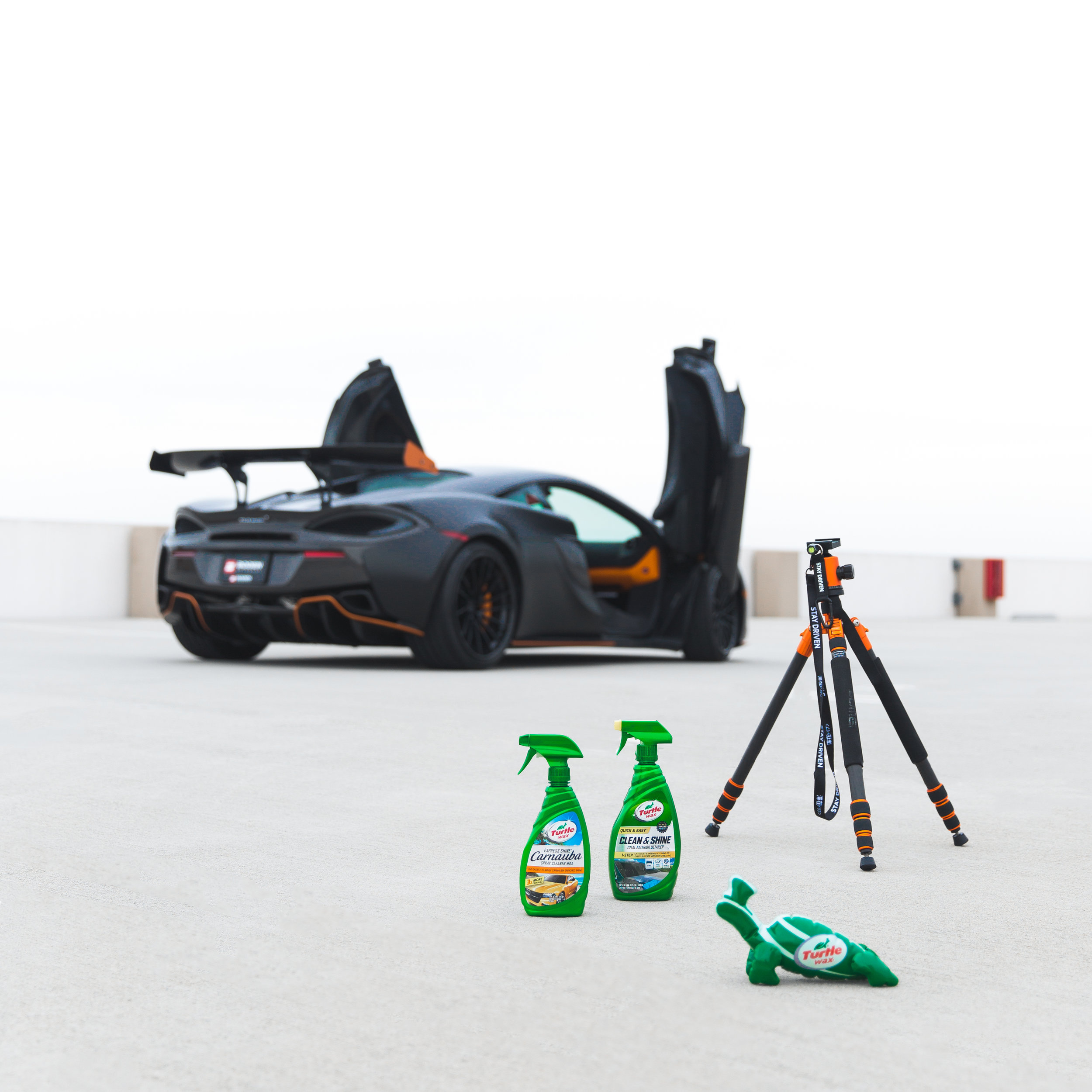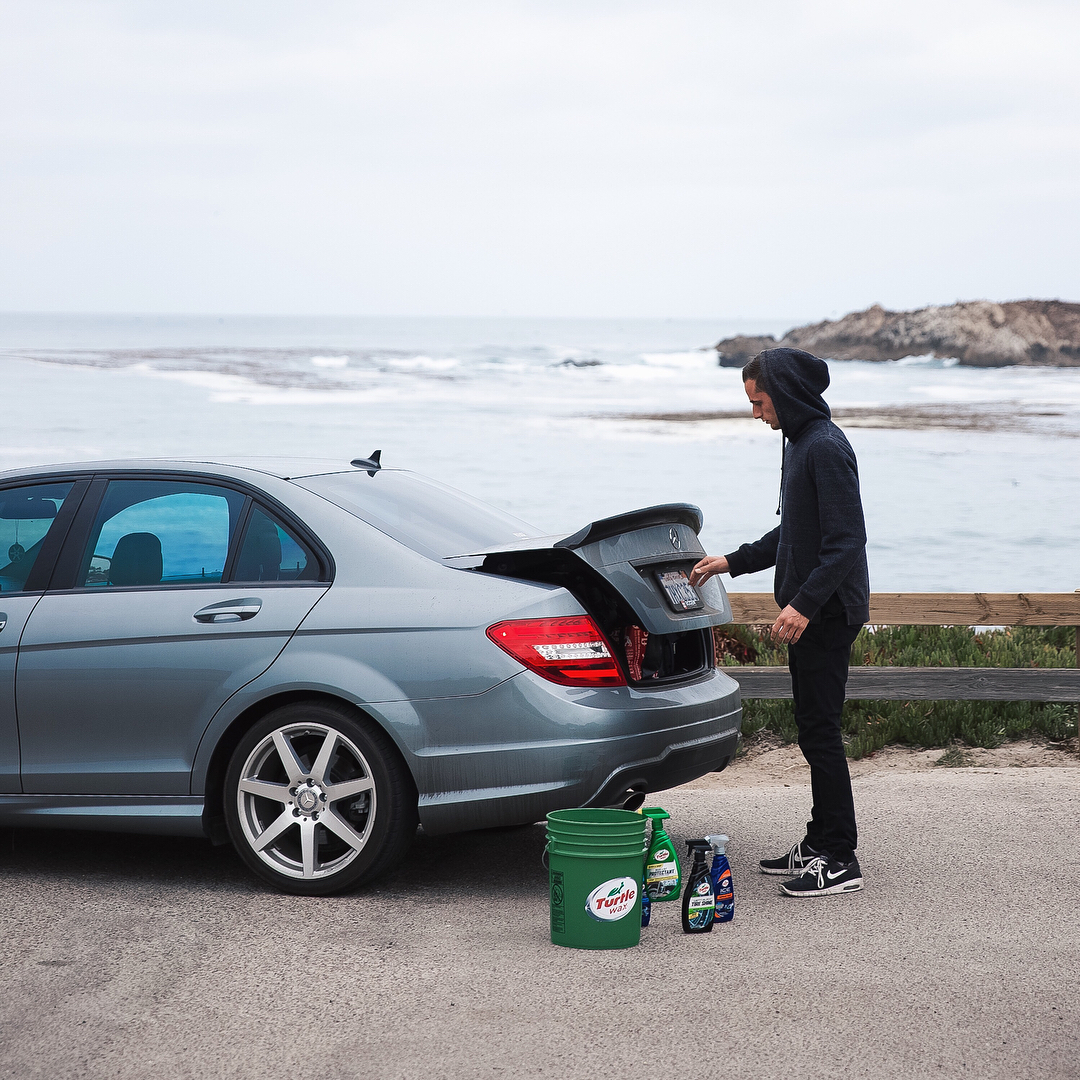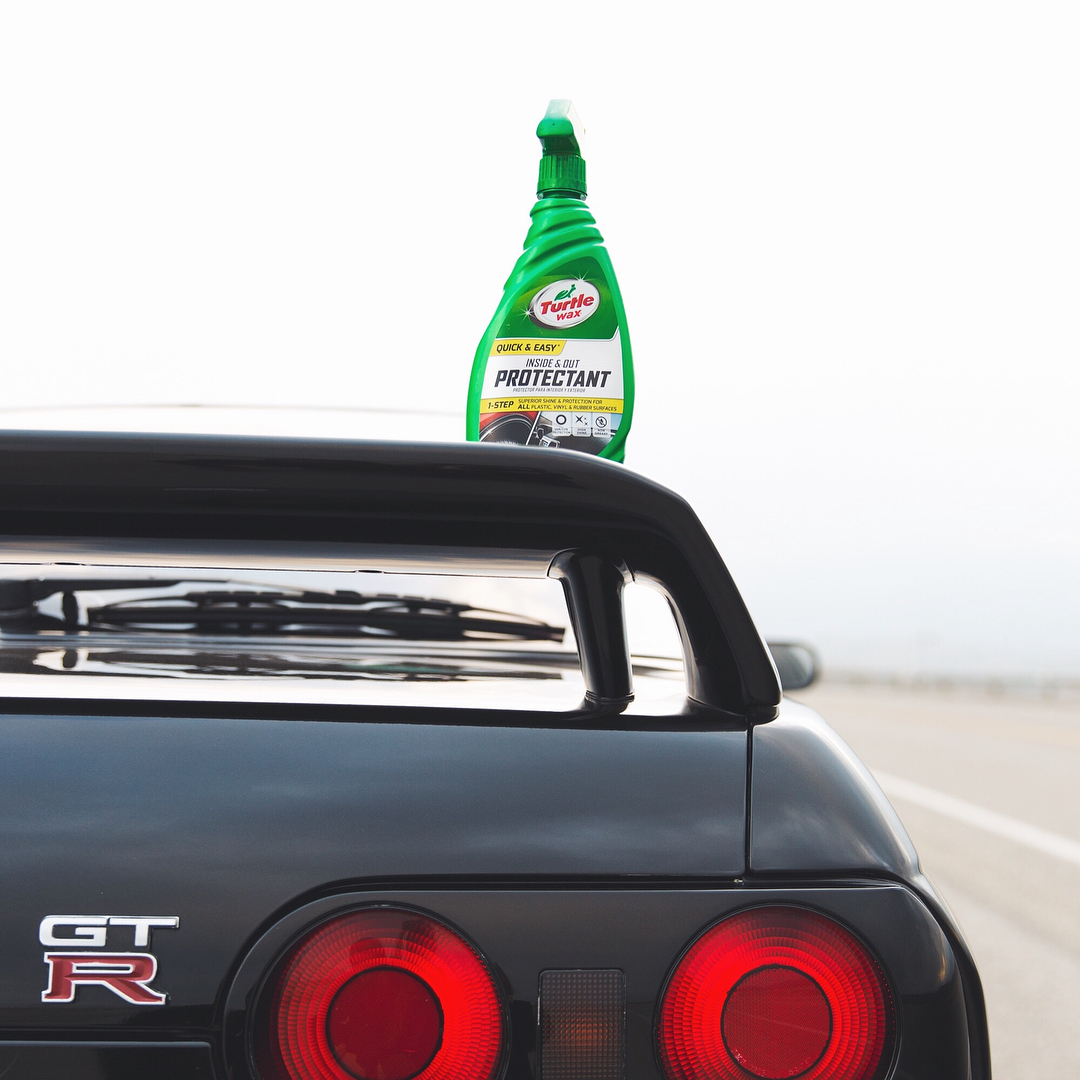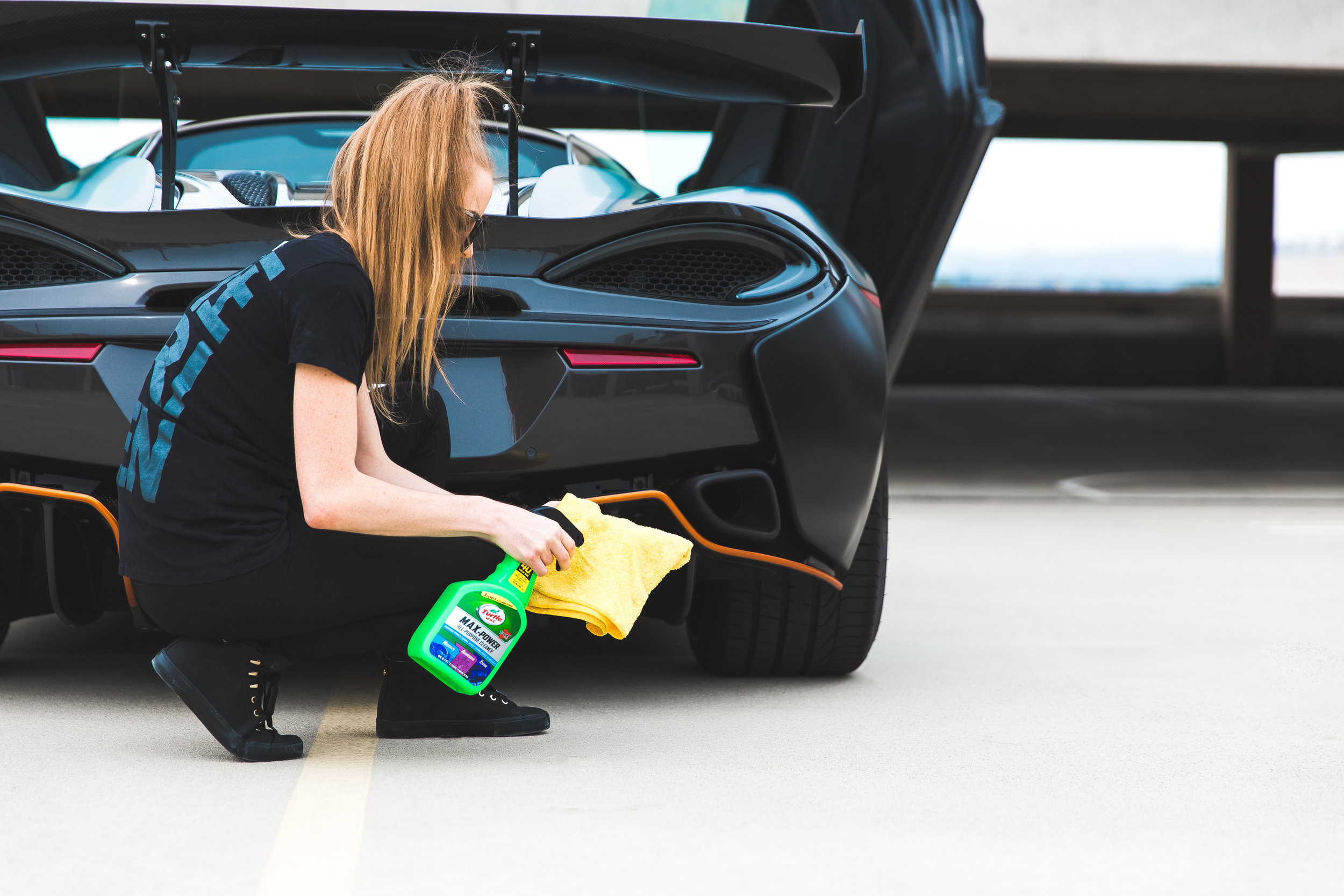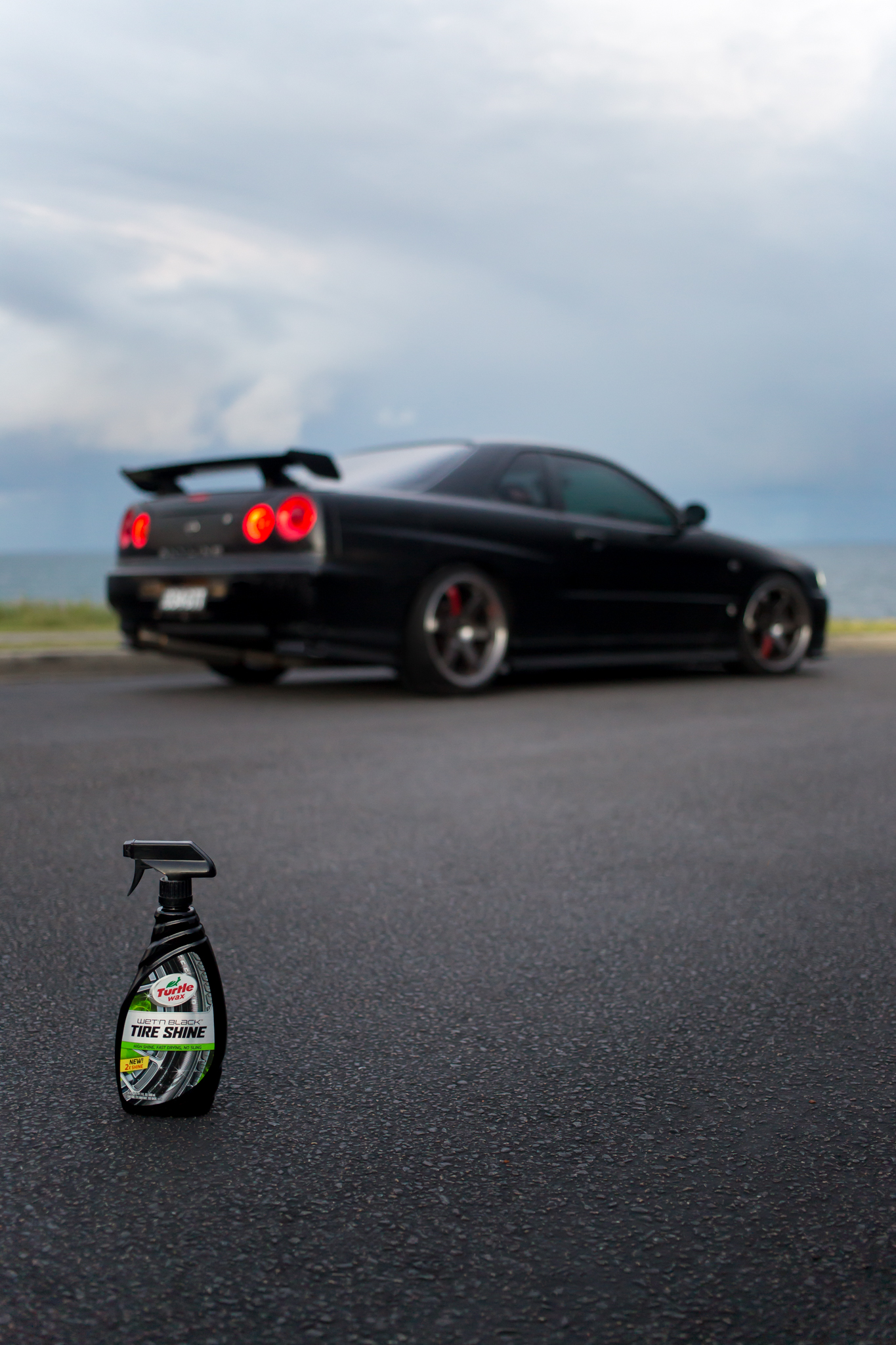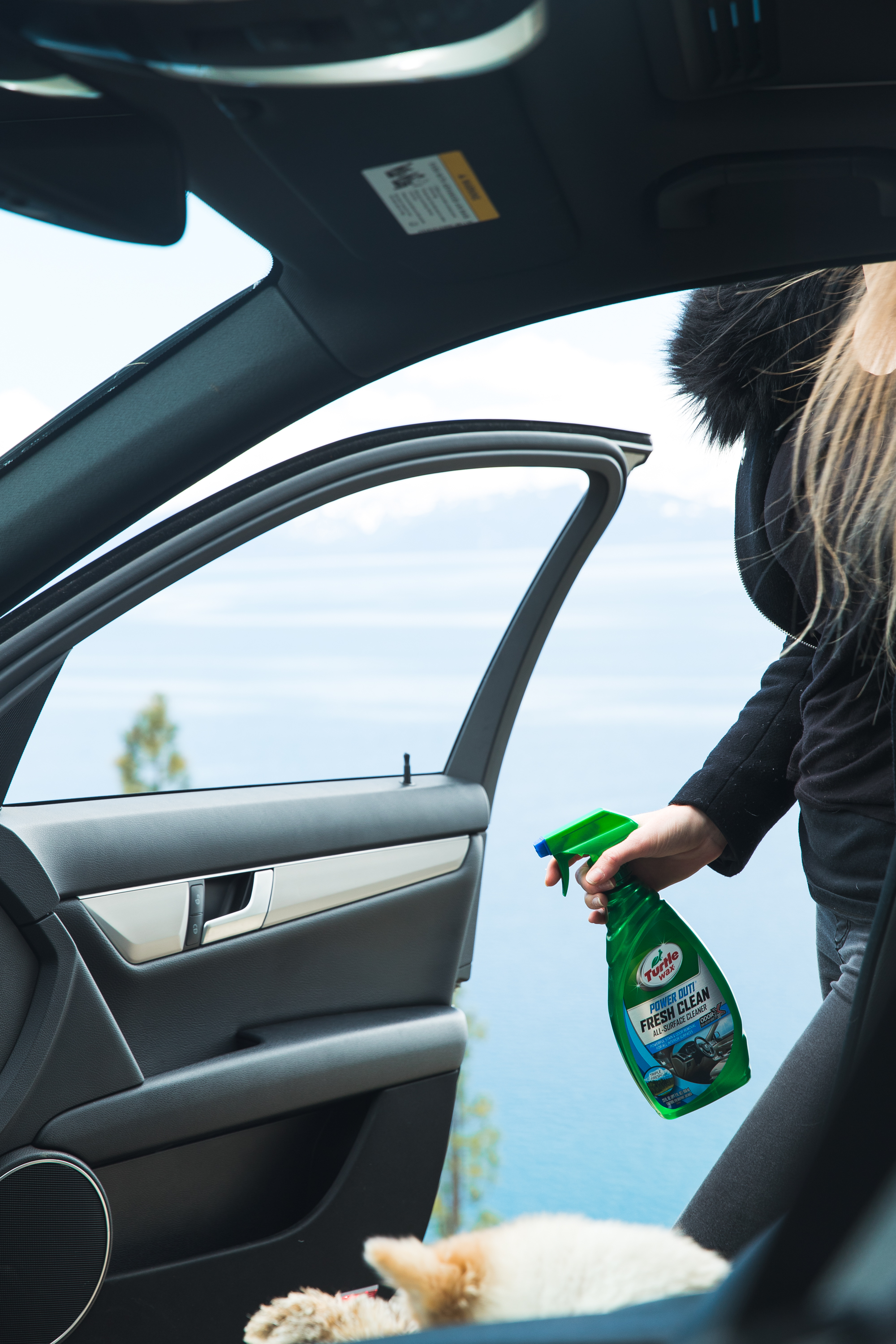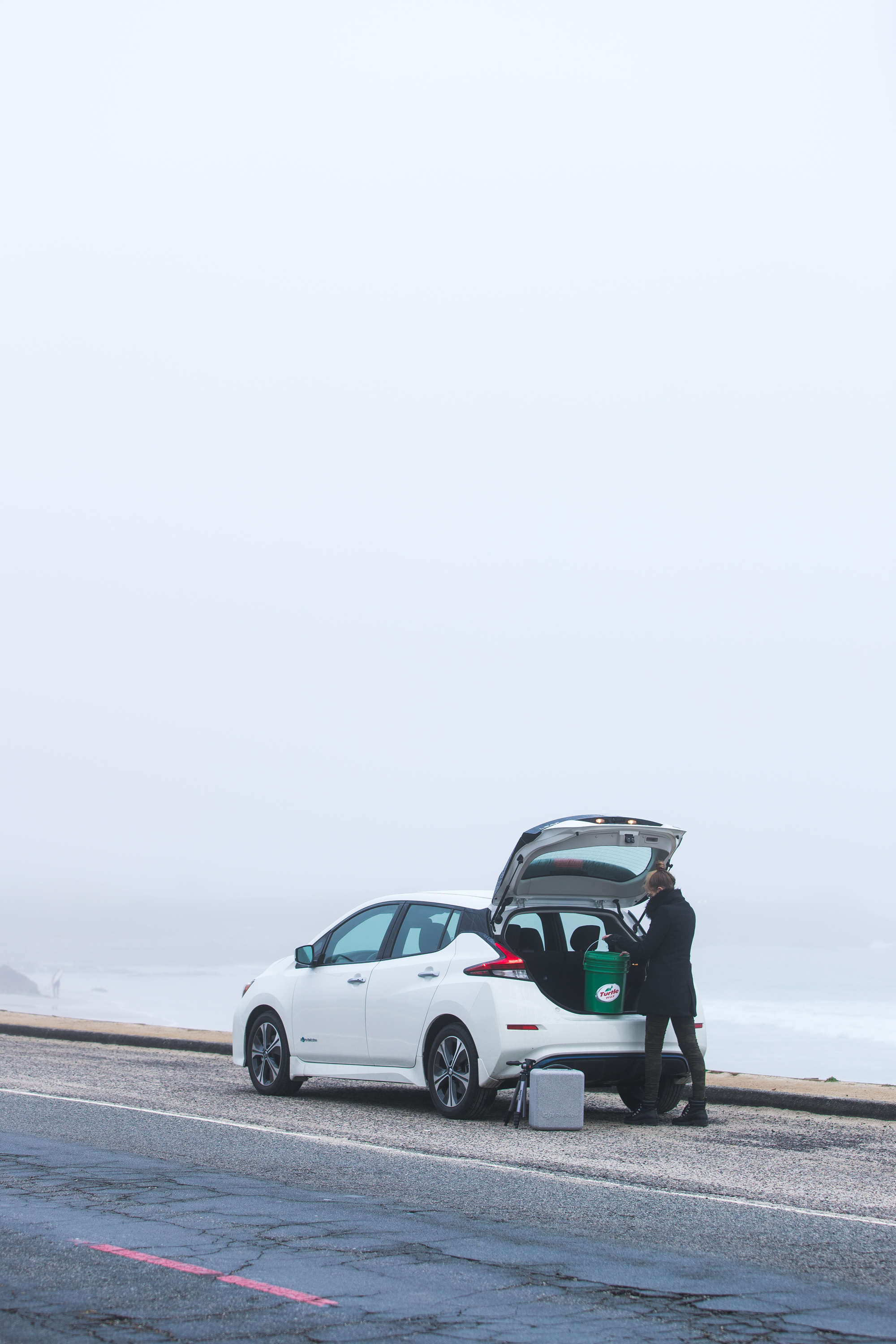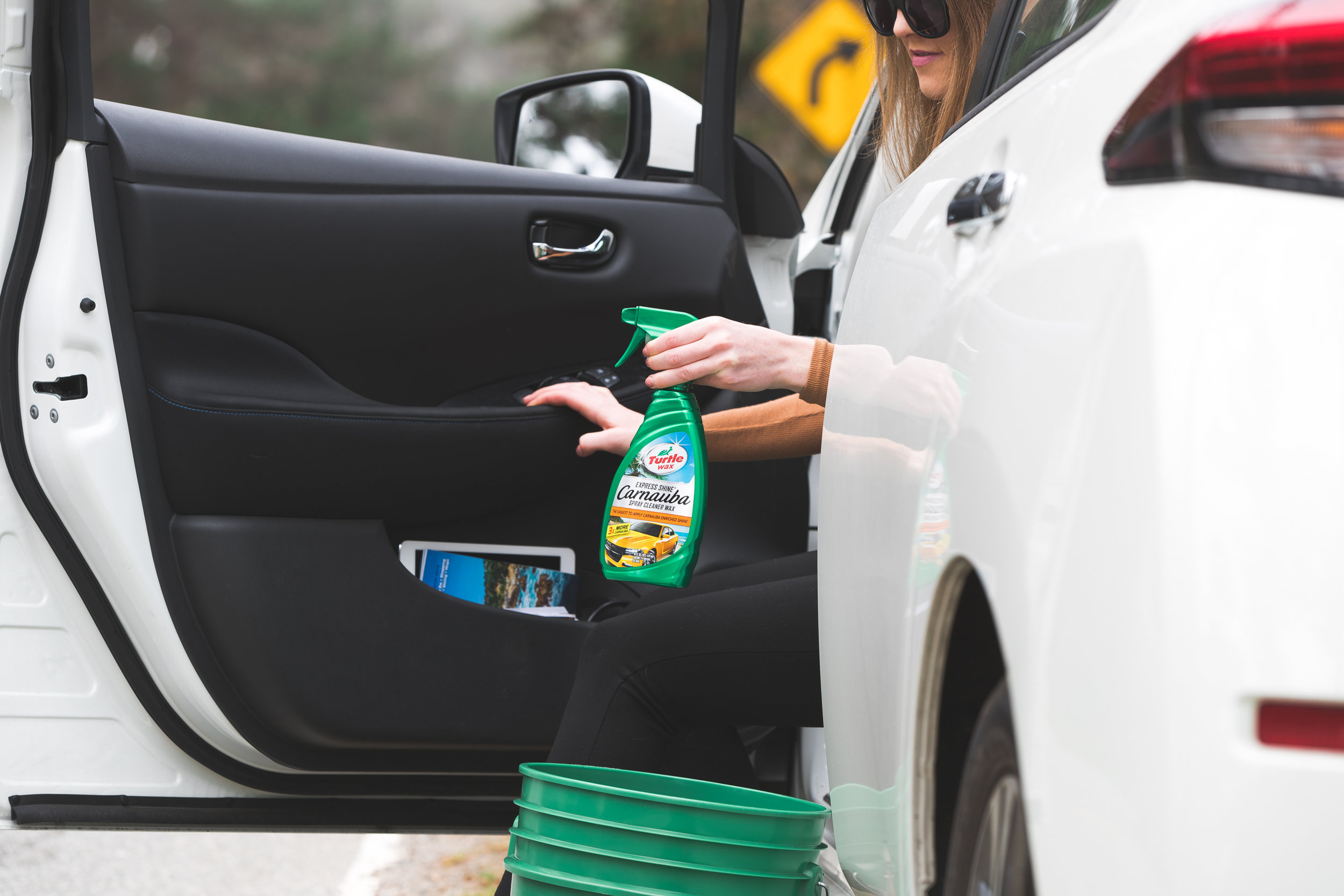How To Take Clean Photos
Minimal compositions of cars (or anything in that matter) are one of the most powerful ways to create an eye-catching photo. The simplest photos are often the most beautiful in my opinion, and also the most intriguing. By including a large amount of empty space in your images, you can give your subject the attention it deserves, even if it’s very small within the frame.
Below are some of my tips that I thought may help you to achieve a clean, simple look that is worth stopping to scroll through your feed for.
THINK MINIMALISM
Minimalist photography is all about stripping down a scene so that you only include the most important elements within the frame. Simplicity is the key to creating amazing minimalist photos. Less is more with this genre of photography. Empty space, lone subjects, simple lines, geometric patterns and contrasting colors are all great ways of achieving the desired result.
As easy as this sounds, taking a good minimalist photo can sometimes be more difficult than you might think. Finding the right car, shooting angle and composition can take a little time and experimentation. But once you get it right, the results will be amazing!
ENSURE THE SUBJECT IS CLEAN
You can't take a clean photo without a clean car. There is no point shooting a dirty car unless you enjoy having to clean it up in post-production. So first things first, always ensure the car is clean before heading to the shoot. If you're cleaning the car yourself, start by cleaning the wheels first, to avoid getting brake dust-infused water all over an already-washed car. Then work your way from the roof down.
I like to use Turtle Wax's MAX Power Wash first, to get rid of any bugs or dirt. I always like to wash in the shade, as soap will evaporate quickly from a hot surface and leave spots and streaks on the paint. After that I usually use the Wax & Dry spray with a microfiber towel to achieve a sleek, clean look and then I always, always, always, finish with some Tire Shine! Then I'll bring all my favorite products with me to use for touch-ups during the shoot.
CHOOSE A LOCATION THAT ISN'T BUSY
This is probably my most crucial tip of all, and something I spend hours on when scouting for locations. Never choose a location that is busy. And by busy I don't mean crowded with people, I mean make sure the background and foreground are not overwhelmed with different objects. I am a very minimalistic person, and for me to achieve a clean photo, I always ensure that the car is the major focus and the background is nice and simple. You don’t want any distracting objects or patterns competing for attention with the car.
You need to ensure that the car is the center of attention, you don't want your location to steal away attention from your subject, so a plain wall or floor is perfect for this style of photography.
If you’re shooting outside, it can often be difficult to find a neutral background or a large expanse of empty space to photograph your subject. In these cases, a simple solution is to use the sky as your background.The middle of a desert is even better although, not always possible to get to. If only more people were keen on driving hours out to the desert!
Once you have the car ready, make sure there’s nothing in the frame that will ruin the picture before you aim and shoot. You’re looking for a clean shot with a minimalistic approach here. This kind of shot can be varied in lots of ways depending on your location and where you choose to position your subject within the frame.
EXAMINE THE GROUND
Whenever I shoot I always look at the ground first. I personally think shooting on a lighter colored floor works best and makes the car pop. If the ground is covered in tire marks, potholes or cracks it can take away the focus of the car, and draw your eye to unwatned areas. Make sure you spend some time before shooting to get rid of any leaves, rocks, sticks and rubbish that may be in the way. I can't tell you how many hours I've spent cloning out little rocks or a piece of rubbish in post-production.
INCLUDE LOTS OF NEGATIVE SPACE
Negative space is the empty space around the subject in an image. In most cases, negative space is used as a neutral or contrasting background to isolate the main subject. The subject is referred to as the positive space.
You might think that empty space doesn’t have much importance in a photo, but that’s far from true. Negative space is an important tool to help you emphasize your main point of interest in the scene.
Without any distracting elements in the background, there’s nothing to compete for attention with the main subject. So even if your main subject is very small within the scene, they will still be very prominent due to the empty space surrounding them.
Negative space also helps to create a sense of scale in an image. It gives the viewer a good idea of how big or small the objects in the image really are. The relation in size between the negative and positive space will naturally create a sense of scale.
Using large amounts of negative space can also help you to balance and compose your image. I like to experiment with the balance between the positive and negative space. It’s not an exact science and is mostly based on personal preferences, but when you find that perfect balance between the empty space and your subject, you’ll know it!
BE MINDFUL OF SHADOWS
Depending on your location and timing, it's best to use natural light if possible. During the middle of the day is when the lighting is the harshest, so try aim to shoot early morning or late afternoon. Your awareness doesn’t stop at the highlights created by the light. Light and shadows are two sides of the same coin. Shadows help create a higher sense of depth within an image and nothing is as pure in an image as light and the shadows it creates. You can’t have one without the other, so you must be aware of balancing them. As light moves, so do the shadows, and they can create backdrops that can either add or detract from the mood of the photo.
Shadows shouldn’t be feared, they should be embraced. Proper balance of your shadows and light can bring direction into the composition, allowing a viewer's eyes to be guided through the image. Embracing a new perspective is not easy, but once you build a higher awareness of light and shadows, the rest will follow.
TOUCH UPS THROUGHOUT THE SHOOT
Whenever Trevor and I have a shoot, we always bring our bucket filled with our favorite Turtle Wax products. Nothing is worse than seeing the car you're about to take photos of arrive with dust, water marks, or non-shiny tires. Keep a microfiber cloth handy at all times, and a quick and easy all purpose cleaner to clean up any mess.
And not only do you need to ensure that the car is clean, you also need to regularly check that your camera lens is clean also. Even if you have a permanently affixed lens to your camera body, the lens surface can still get smudged with fingerprints, dust, dirt, or liquids, so having a proper cleaning kit (something I need to buy since my last one went missing) is fundamental to acquiring clean images.
EDIT
Don't think the creative process stops once you've pressed the shutter on your camera, there's a lot you can do to your photo afterwards to make it really stand out. I actually enjoy editing photos and spend hours editing to ensure the finished product looks super clean.
I use Lightroom and Photoshop to edit all my photos, and I always start out with one of my clean presets then go in and make finer adjustments. Whatever kinds of presets or filters you like to use, select no more than five to bounce back and forth when editing a series of photographs. Not that you want every image to be a direct clone of one another but when editing a full session, there should undoubtedly be an underlying look or feel to the full gallery. Adjust the brightness, HSL, saturation, and contrast according to each picture’s composition and lighting.
Ultimately there's no real right or wrong way to do your editing. If time allows, play around with different things to see what sort of cool effects you can achieve. Just like when deciding on your location for shooting, think about the theme of the car when you're editing. Once you discover a formula that works, stick with it.
As the statement goes, less is more, and it could not apply more when taking automotive photos. In today’s visually-saturated world, the simplistic style of clean, minimalist photography offers visually-soothing results – with plenty of breathing room. Minimalism provides a refreshing visual break from the constant flood of information, and visual noise that we face every day.
I'd love to see how you interpret clean, minimalistic automotive photography! Tag me on IG or send me a DM so I can check out your work!








